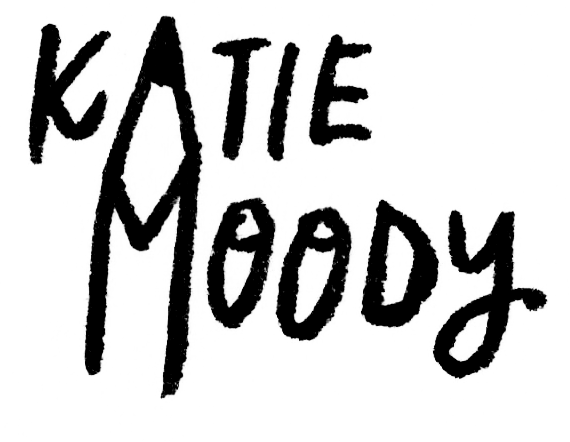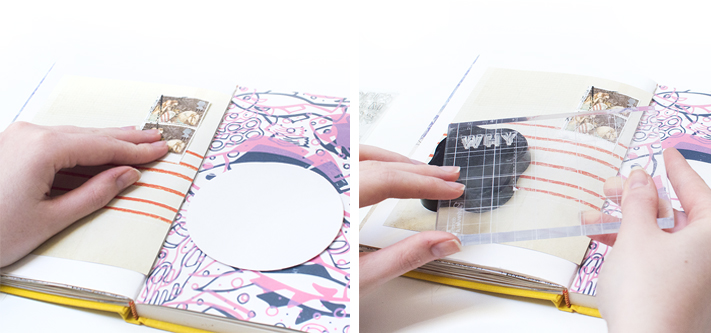How To Create A Beautiful Art Journal
I’ve written about my journals and scrapbooks quite a few times on this blog. I used to keep an art journal religiously, and diaries were a big thing for me when I was growing up (even convinced that those tiny little padlocks will keep any trespassers out, let alone the fact they’d even want to read a pre-teen’s diary!)
Anyway, recently I’ve been thinking of starting one again. I’ve actually thought about this quite a lot since I stopped after university, and even did a few pages, but it was never a habit like it once was. I love to write and be creative, and I also think it’s a great place for me to vent. It’s almost like therapy and I think it’s a good habit to get back in to. I have a terrible habit of overthinking and I’ve always found writing, just the process of getting thoughts out of my head and onto paper, helps a huge amount.
Seeing as I’ve made art journals before, and am currently back at square one, I thought I’d share my process with you. I’m feeling the exactly same daunting feeling of starting something new and not knowing how to begin, so I’m going back to basics.
Choose your journal
I guess the first thing to decide is your journal itself. There is so much choice out there and sometimes it’s just a case of trial and error over time to see what you prefer. You can get soft or hard covers, perfect or ring bound, lined or blank pages which are coloured or plain. In terms of sizes, I find a5 to be a good size, and it’s not too cumbersome to carry around either. You could go for a larger book, like an A4, if you want to get creative, though sometimes the size can be a little intimidating. Smaller ones are good if you plan on travelling carrying it about with you, but can be tricky to work on.
Backgrounds
Most of the time, when I think of something that I want to write down or these little thoughts I have that I plan on putting in my journal – there won’t be at a time where I’ll be able to sit down and create a masterpiece with it. With that in mind I’ve started with backgrounds. These will be a good base, and take away from the boring white page that always feels scary to write on. Then, if I do have some extra time to embellish and decorate, I’ll be able to do so on top, without having to start from scratch.
I have a box that is full of pieces that are perfect to collage. I keep brown envelopes, menus and business cards that have a nice design, pages ripped from magazines, postcards and stamps. Sometimes art journal ‘backgrounds’ can be art in themselves, and don’t even need any thoughts or writing added. Even the process of collaging and sticking can be good creative therapy.
Not only is collage good for blank spreads, but simply playing with mixed media and having coloured backgrounds give a nice smooth surface if you’re planning on writing a lot on top. Acrylic paint, gesso, watercolours or coloured pencils are a great shout. Be aware that some may be harder to write on than others, depending on what you’re using.
Once we’ve got the background sorted (I make several backgrounds in one sitting when the mood strikes me), we’re good to go. The background step isn’t even necessary if you’re happy to have plain pages – this is your journal and everything can be done to your preference!
Decoration and embellishment
In terms of decorating, you can use anything – stickers, found ephemera, washi tape, stamping and even just simple doodling. It will depend on what your journaling about at the time as to what you add. Just create whatever you feel you want to do, or whatever comes naturally.
Writing
If you’re struggling to know what to write, I usually start with lists. Simple things like what you’re loving right now, what’s going on in your life or just lists of your favourite songs out at the moment can still be good to look back on. There are also plenty of journal prompts out on the internet if you want to write about something with a bit more depth but are unsure on where to start.
Do it for you
Often, the hardest part about journaling, is starting. There is so much inspiration out there, in magazines, Pinterest and YouTube, that it can be overwhelming. You have an idea in your head about how you want your journal to look, and sometimes it isn’t easy to translate on to the page. It’s more about changing you mindset when it comes to this – your journal doesn’t have to look nice. The joy is in creating it, and often it’s like therapy. If you enjoy spending the time gluing and decorating and stamping and colouring, then that’s the whole point. You don’t have to take pictures and share it on the internet unless you want to! A journal isn’t for judging, so just do you.







